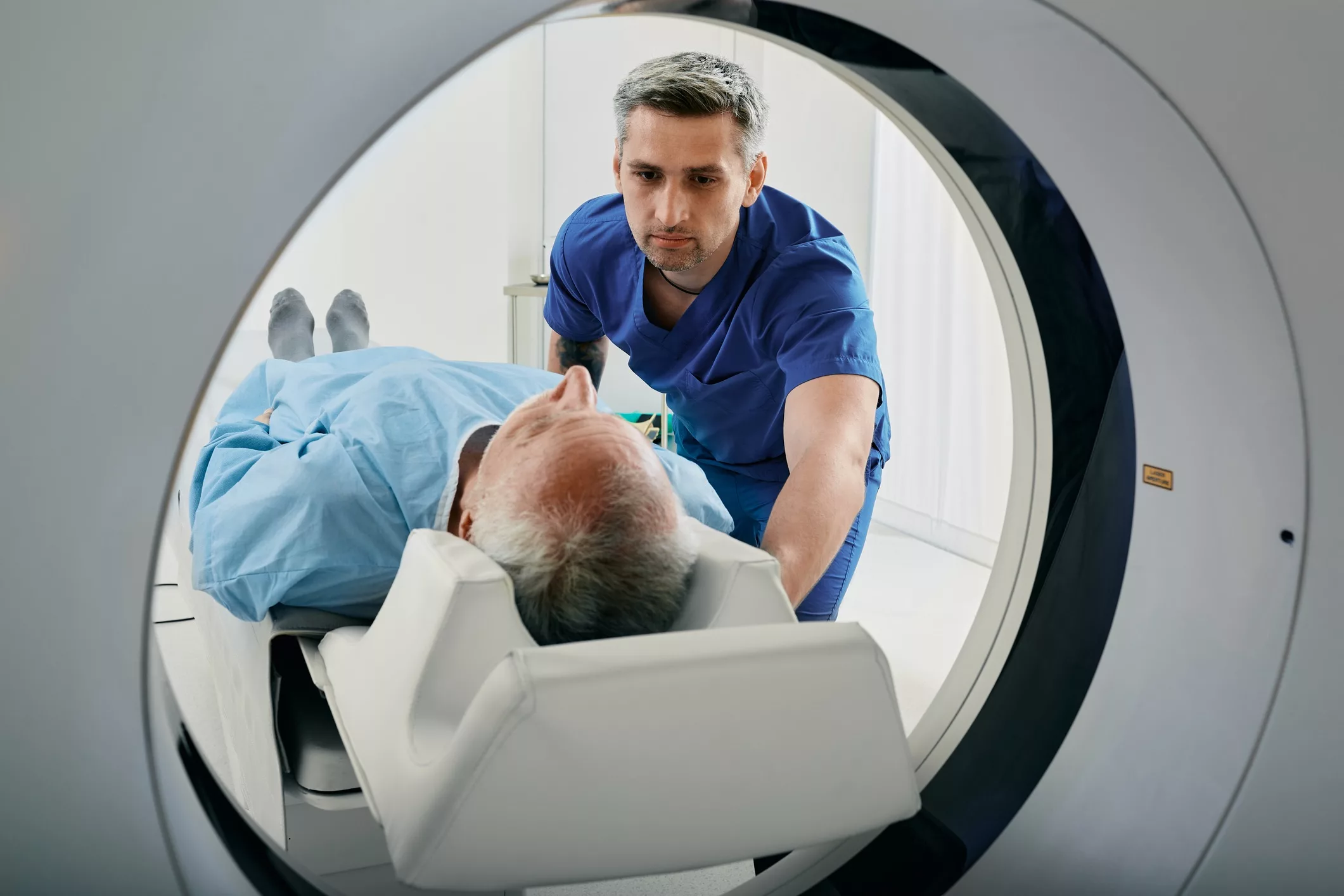Anatomy of a Radiology Test
The process of ordering medical imaging (Radiology) tests in the emergency department involves several steps:
- The healthcare provider (e.g., doctor or nurse) evaluates the patient’s condition and determines the need for medical imaging based on symptoms, triage category, medical history, and initial examination.
- Using an electronic health record (EHR) system, the healthcare provider selects the appropriate imaging test from a predefined list or may customize the order based on specific requirements.
- This order is next electronically transmitted to the radiology department.

- A radiology technologist, a trained healthcare professional specializing in medical imaging, is notified of the order. They prepare the necessary equipment and assist the patient in position for the specific imaging procedure, such as X-ray, CT scan, MRI, or ultrasound.
- The radiology technologist performs the imaging procedure, operating the equipment to capture images of the relevant body part or area. They may use different techniques and instruments depending on the type of test ordered.
- The captured images are then sent to a radiologist, a specialized physician trained in interpreting medical images. The radiology department then sends the captured images to a radiologist. Radiologists specialize n interpreting images. The radiologist reviews the images carefully, looking for abnormalities or relevant findings.
- The radiologist provides a written interpretation or report of their findings, detailing any significant observations or concerns. The radiologist puts the interpretation into the EHR.
- The healthcare provider, usually the ordering physician, reviews the radiologist’s report within the EHR system. They use this information to aid in diagnosing the patient’s condition and determining appropriate treatment.
Radiology Summarized
The time taken for the entire process of ordering medical imaging tests and receiving results can vary depending on factors such as the urgency of the situation, the complexity of the imaging test, the availability of radiology personnel, and the overall workload in the emergency department. Some imaging tests, like X-rays, can produce immediate results. In contrast, others, such as CT scans or MRIs, may take longer to acquire and interpret. The goal in the emergency room is to prioritize and expedite critical cases while ensuring accurate and timely results for all patients.
Remember that the team must constantly respond to the most pressing issue in the emergency department. The emergency department always directs resources to the most critical patients. These interruptions can prolong the completion of the imaging process. People with urgent conditions regularly present to the emergency room.

Leave a Reply